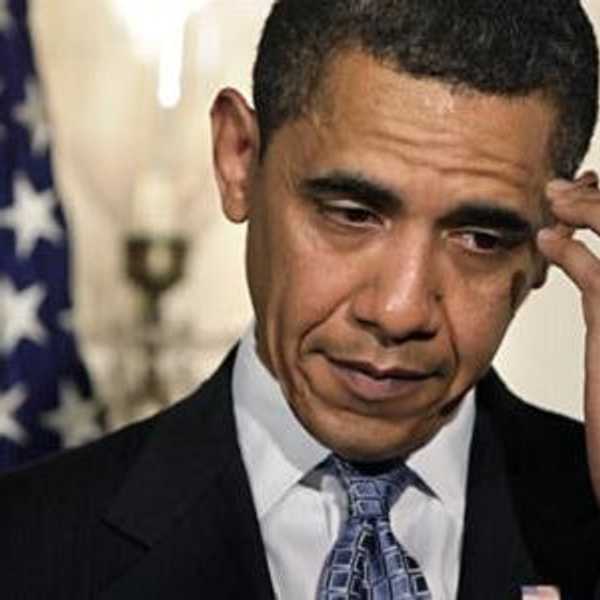III. Truman’s Cabinet
The final question, would the loss of life during the invasion be as devastating as it is told so often today? In Henry Stimson’s famous article “The Decision to use the atomic bomb” Secretary Stimson outlines Japan’s forces: 2,000,000 in the home island, 2,000,000 in China, Korea, and 700,000 elsewhere nearby. [Henry L. Stimson, “The Decision to use the Atomic Bomb,” Harper’s Magazine Vol. 194. No. 1161 (1947): pg. 101, http://inf2149decisionmaking.wikispaces.com/file/v... (assessed November 5, 2015).] With an Army of about 5,000,000 men left in strength and weakened Air Force and Navy, Stimson states that the United States was preparing for an assault without the use of the atomic bomb. [Ibid., 102]
With this in mind coupled with the fanaticism of the Japanese people, [Henry L. Stimson, “The Decision to use the Atomic Bomb,” Harper’s Magazine Vol. 194. No. 1161 (1947): pg. 104, http://inf2149decisionmaking.wikispaces.com/file/v... (assessed November 5, 2015).] the Japanese military had inflicted 300,000 causalities in the out perimeter and had the strength (according to Stimson) to inflict over a million more. [Ibid., 106] Along with these numbers Stimson proposes several other factions about Japan’s state: The landing would be a long and arduous campaign, but recognizes the fact that the Japanese Navy had been defeated and that Japan had a lack of raw materials to use for warfare. Ibid., 103]
In his conclusion Stimson uses the causality count on the side of the allied invasion as well as the reassertion that the Japanese people would fight to the end.[Henry L. Stimson, “The Decision to use the Atomic Bomb,” Harper’s Magazine Vol. 194. No. 1161 (1947): pg. 105, http://inf2149decisionmaking.wikispaces.com/file/v... (assessed November 5, 2015) Stimson claims that for this purpose the atomic bomb was a favorable weapon to use against the Japanese in order to spare, “‘…the inevitable and complete destruction of the Japanese armed forces and…utter devastation of the Japanese homeland.’” [Ibid.]
However, was Stimson the only advisor to think that? And was there another analysis of the Japanese military capabilities? In his article, D.M. Giangreco discusses that due to a misunderstanding with how Army Chief Staff George Marshall organized his data, the huge causality numbers could have been a result of a misunderstanding between him and President Truman that Marshall believed the causalities would be half a million. [D.M. Giangreco. “A Score of Bloody Okinawas and Iwo Jimas: President Truman and Casualty Estimates for the Invasion of Japan,” University of California Press Vol. 72, No. 1 (2003): pg. 95.]
The number that Giangreco puts out is half of what Stimson claimed, this poses the question, how did Truman’s military advisors gather their data, where did the information come from, and what was factoring into their analytically conclusion? According to Giangreco JCS’s Joint Planning Staff in the Pentagon begin outlining the plans for Operation Olympus, the invasion of mainland Japan prior to the battle of Saipan in 1944.[D.M. Giangreco. “A Score of Bloody Okinawas and Iwo Jimas: President Truman and Casualty Estimates for the Invasion of Japan,” University of California Press Vol. 72, No. 1 (2003): pg. 99].
Giangreco’s sources do seem to back up Stimson’s estimates of the Japanese troop strength concluded that the Japanese had 3.5 million soldiers. [D.M. Giangreco. “A Score of Bloody Okinawas and Iwo Jimas: President Truman and Casualty Estimates for the Invasion of Japan,” University of California Press Vol. 72, No. 1 (2003): pg. 100.] A quote from the article however counters Stimson’s analysis backing the supposed claim by Marshall that the American’s would lose half of million lives. [Ibid.]
Another topic not widely discussed is the U.S. manpower needed to take the Japanese mainland. Various letters to Roosevelt and Marshall suggested that the Army needed to fill six hundred thousand men and nine hundred thousand for the Navy. [D.M. Giangreco. “A Score of Bloody Okinawas and Iwo Jimas: President Truman and Casualty Estimates for the Invasion of Japan,” University of California Press Vol. 72, No. 1 (2003): pg. 102.] If these numbers are correct, it does show the reason why Stimson and Truman were so concerned with these causality estimates.
With Alperovitz’s claim poses the obvious question, “Then why?” It however seems upon analysis of Giangreco’s book that the Cabinet and advisors of Truman (including himself) did in fact believe the causalities in taking the island would be high. However, it is impossible to know whether all his advisors thought the same number, but they all seemed to agree upon the notion that the Empire of Japan would fight to the end. This does counter the atomic diplomacy theory that arose out of the use of the bomb, but as stated before this could’ve been another ‘benefit’ of the use of the bomb that Truman wasn’t factored in (although all of this is purely speculation).
It seems evident (although unclear) as to whether the United States used the atomic bomb and an atomic partnership to be used in atomic diplomacy. It is noticeably unclear what Truman’s true intentions were with using the atomic bomb in accordance with Japan and the state of their country. Finally Stimson, possibly for political purposes asserts that the bomb was used for Japan’s benefit and to save over a million allied lives.





















